Nakuru, Kitui, and Nairobi counties have emerged as the top recipients of a Sh3.7 billion allocation disbursed by the Kenya Roads Board (KRB) to all 47 counties, marking the latest phase of road maintenance funding for the 2024/2025 financial year.
The money, drawn from the Road Maintenance Levy Fund (RMLF), will support repairs and upkeep of roads and bridges across the country.
Nakuru secured Sh183 million, the highest share, while Kitui followed closely with Sh152 million. Nairobi received Sh120 million.
This fund is sustained through a Sh18 per litre charge on petrol and diesel, collected directly at the fuel pump.
The levy, which applies nationwide, is ring-fenced specifically for rehabilitation and maintenance of roads, including those managed by county governments.
Read More
KRB, in its official notice, stated that the purpose of the allocations is to raise the standard of transport infrastructure, improve connectivity, and ensure safer roads across the counties. It added: “The Board urges counties to prioritise efficiency, transparency, and accountability in utilising the funds for optimal impact.”
To support monitoring and accountability, counties are required to submit comprehensive work plans to designated regional KRB offices by August 12, 2025.
These offices are based in Kisumu, Nyeri, Garissa, Eldoret, Isiolo, Nakuru, Kakamega, and Machakos.
While several counties received over Sh100 million, others were allocated far smaller amounts.
Vihiga ended up with the lowest allocation at Sh37.5 million, with Nyamira (Sh41.4 million), Busia (Sh45.5 million), Mombasa (Sh45.6 million), and Kisii (Sh60.7 million) also receiving relatively minimal shares.
Counties in the moderate allocation bracket included Kilifi (Sh85.8 million), Uasin Gishu (Sh86.2 million), Turkana (Sh88.1 million), and Wajir (Sh90.5 million). Garissa, Marsabit, Laikipia, Kakamega, and Tharaka Nithi were each granted between Sh60 million and Sh83 million.
On the upper end, besides the top three, Kiambu received Sh118.9 million, Machakos Sh111.1 million, Kajiado Sh106.3 million, Meru Sh102.8 million, Nyeri Sh100.3 million, and Narok Sh97.3 million.
Even as counties prepare to roll out projects under this latest tranche, public debate continues over the broader use of the fuel levy, especially amid sharp increases in pump prices. In response, top government officials have stepped in to clarify the government’s position.
Treasury Cabinet Secretary John Mbadi attributed the recent cost surge to international tensions and market forces, stating that geopolitical unrest, particularly the Israel-Iran conflict, has contributed to the upward pressure on global oil prices.
Mbadi also explained the dual structure of the levy. “The core Sh18 levy remains exclusively reserved for road maintenance, while an additional Sh7 was securitised to clear pending bills and resume stalled infrastructure projects.”
He added that the government had to make a difficult but necessary decision: “We had a choice to either keep spending on gravel roads that are washed away every rainy season or channel the funds toward reviving key road projects. Contractors had abandoned work because we owed them around Sh130 billion.”
According to the National Treasury, future infrastructure development will place stronger emphasis on maintaining existing road networks rather than embarking on new capital-heavy ventures, a shift meant to ensure fiscal prudence and value for money.
As implementation begins, KRB has stressed that the effectiveness of this year’s allocations will depend on how diligently county governments follow through with planning, execution, and oversight of the projects.

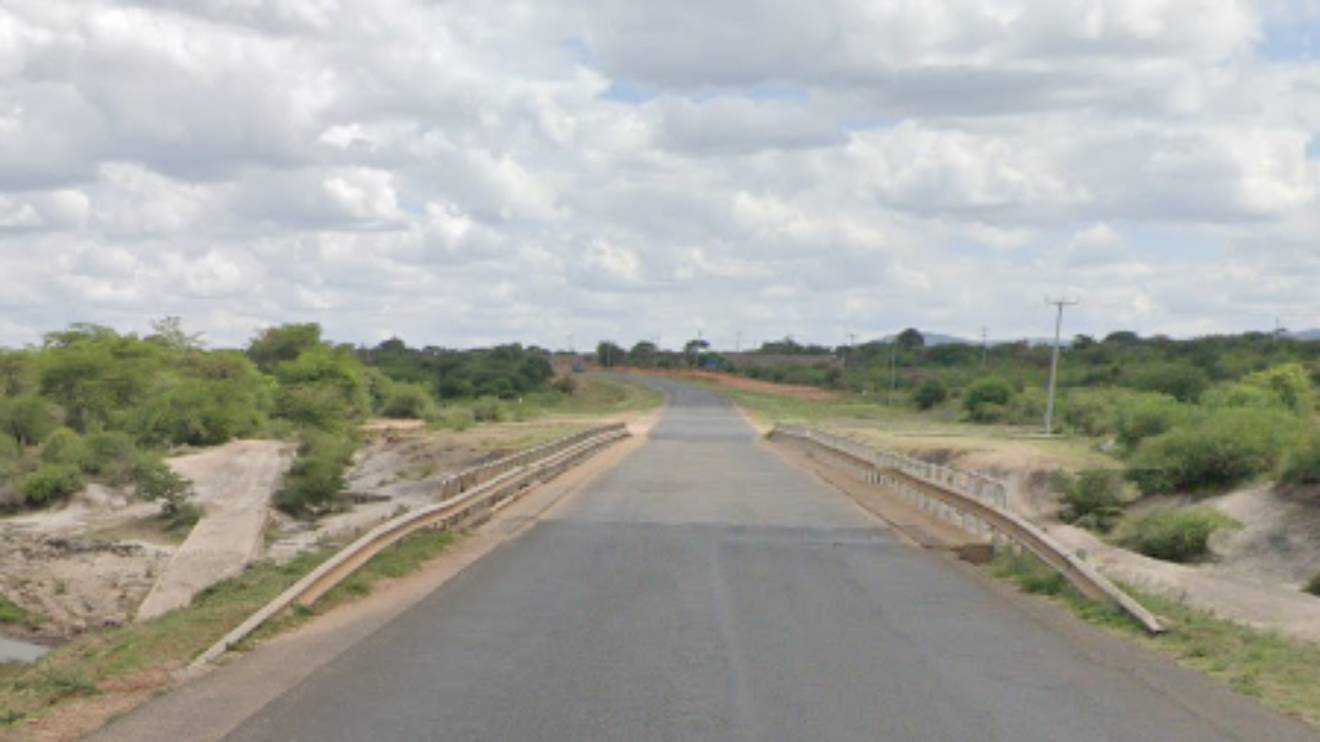
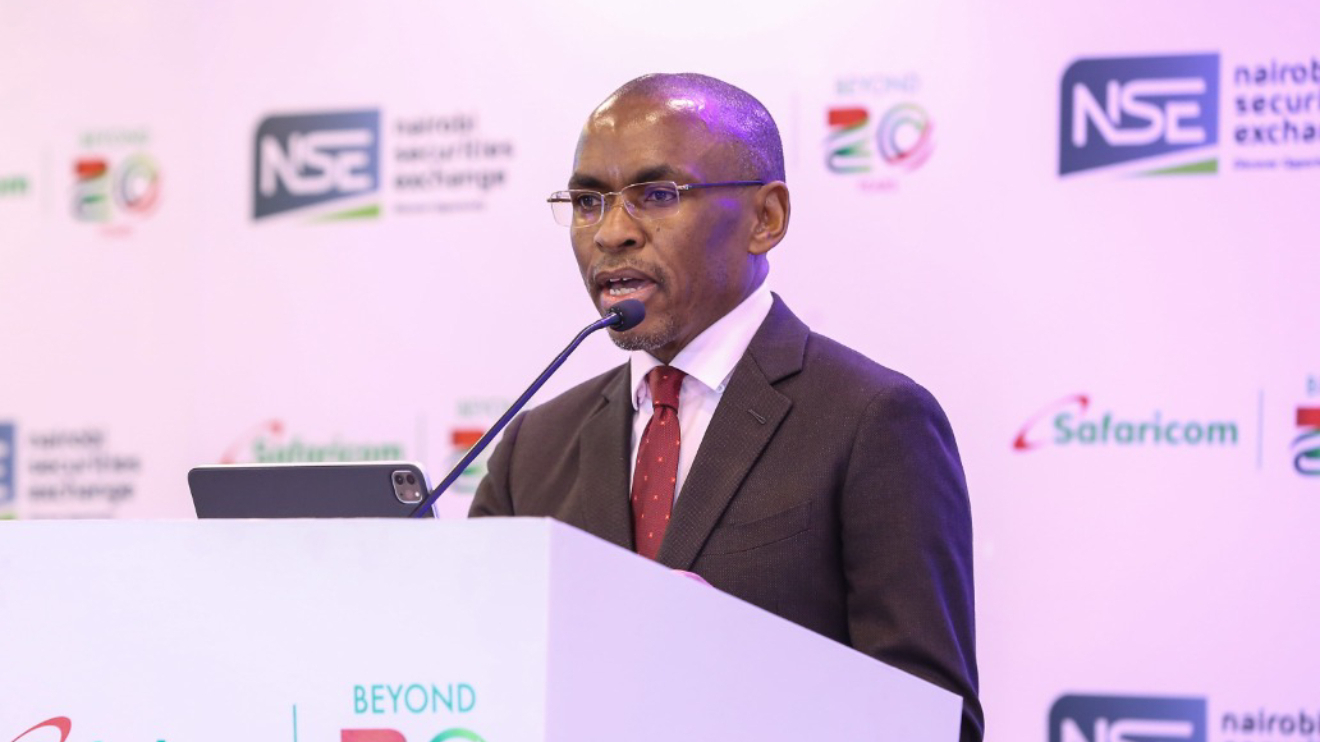


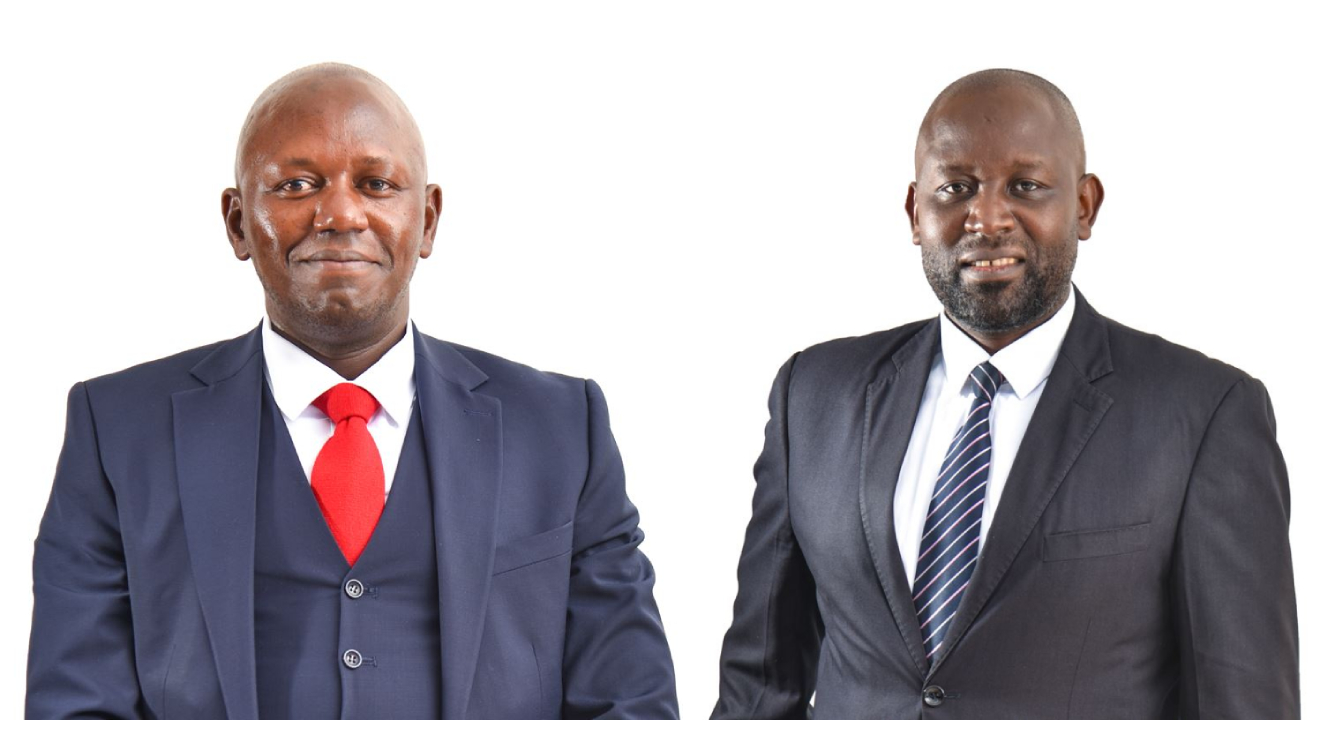
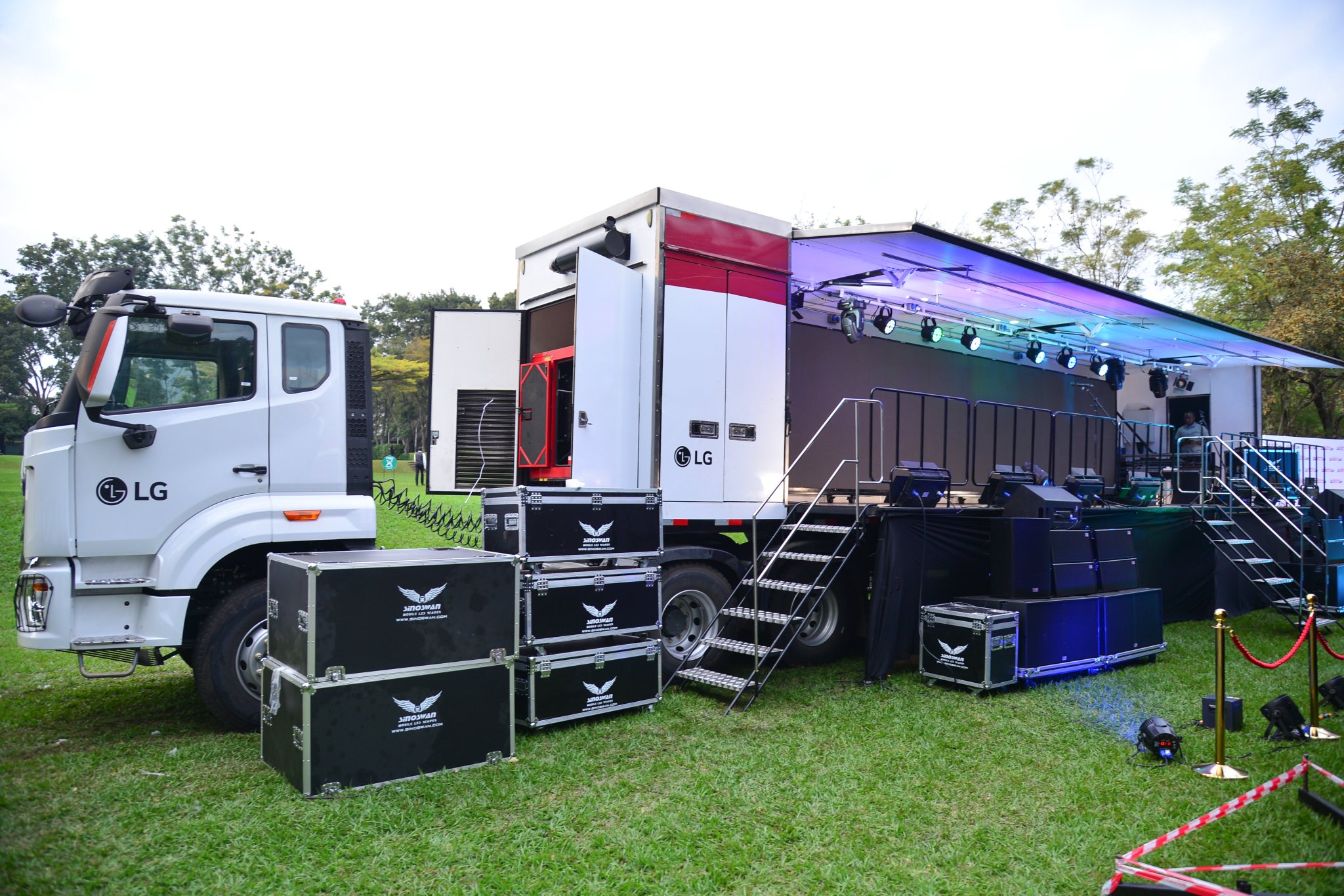
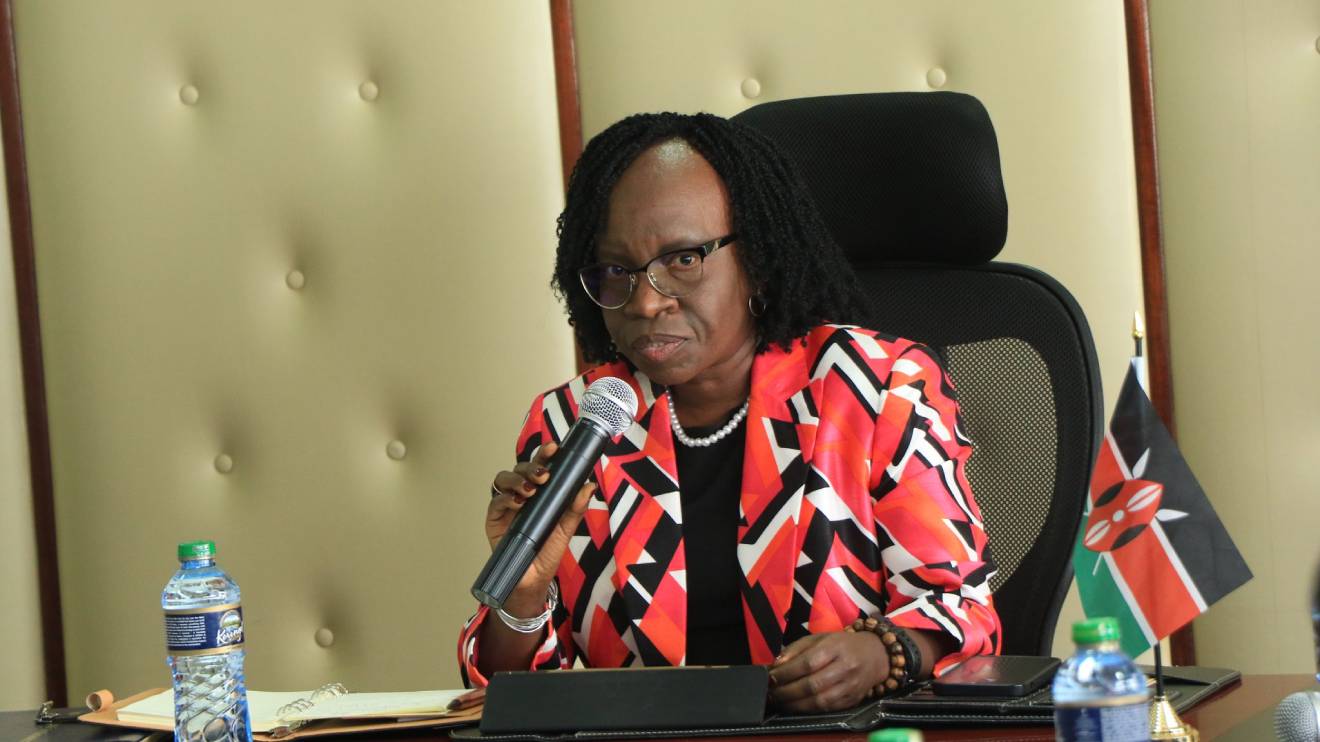
-1757101509.jpg)